Inside Apple's 2011: iOS, Apps & iCloud
iOS distribution
Like other mobile platforms (including Google's Android, Microsoft's Windows Phone 7, RIM's BlackBerry OS, Nokia's Symbian or HP's webOS), Apple doesn't earn any revenues from charging its users for system software updates.
Unlike its competitors, however, Apple actually delivers its regular, free iOS updates to the majority of the installed base frequently and on a timely basis. Within 2011, Apple shipped a dozen free updates for its mobile iOS platform before releasing iOS 5 in October and a followup 5.0.1 update. Those releases were made available to all iOS users the same day (apart from one release specific to the Verizon CDMA iPhone).
In comparison, Google released three updates to its summer 2010 Android 2.2 Froyo; five updates to last year's winter Android 2.3 Gingerbread; five releases exclusive to Android 3.0 Honeycomb tablets, and three updates of the new Android 4.0 (which currently only works on its own Galaxy Nexus model, and won't be rolled out to other 2011 model year devices for months— and is very unlikely to ever become available for phones over a year old).
Android device manufacturers and their mobile carriers were hesitant to actually make Google's updates available to their users however, as few of the updates were substantial enough to warrant the complex texting and specialized work needed to make the generic Android code work on the scores of different Android models, leaving the Android platform fractionalized with (at the start of December) 47 percent of active Android Market smartphone users still on an early-2010 version of Android (equivalent to iOS 3).
Google is not just failing to make as many updates available, but its "open" Android ecosystem is actually preventing updates that are released from making their way to users. Further, vendors and carriers are adding their own software on top of Android that has been found to open up security flaws and allow malware to bypass the permissions controls Google invented to let users protect themselves from the inherently dangerous nature of the unmanaged library of apps it makes available in its Android Market.
Microsoft, RIM, Nokia and HP combined released fewer updates for their users than Apple, and of those, only Microsoft bothered to make its updates broadly available to the entire installed base. Of course, Microsoft also erased backward support for all Windows Mobile 6.x devices at the end of last year when it introduced its Windows Phone 7 successor, leaving it with a very limited number of users to address.
iOS' pace of progress in 2011
Apple's 2011 releases of iOS kicked off to support the new CDMA iPhone 4 for Verizon in February, followed by the iOS 4.3 release in March that was introduced alongside iPad 2. Rather than just adding support for the new model, however, that update introduced significant new features ranging from AirPlay video support for third party apps, a much faster Nitro JavaScript engine for Safari, enhanced video playback "scrubber" controls, support for streaming content from a local PC via iTunes Home Sharing, "Personal Hotspot" WiFi tethering on the iPhone, and new FaceTime support for the iPod touch and iPad 2.
In addition to releasing system software, Apple also introduced new iOS apps, including the free PhotoBooth for iPad 2 and the iLife apps GarageBand and iMovie, initially released with iPad 2 and later made available for iPhone and iPod touch users in the fall. Apple similarly made its iWork suite of Pages, Keynote and Numbers iOS apps, initially released alongside the original iPad in 2010, available for iPhone and iPod touch users in May.
Apple also introduced some controversy-arousing new policies for its App Store this year, including rules that prevent apps from linking to external purchase options (such as for in app content or subscriptions) without providing an alternative way for users to also buy the same thing through the App Store.
Apple also rankled some publishers with new subscription policies that allowed the user to decide whether wanted to share his or her personal information with the publisher when subscribing through the App Store. Despite initial fears that subscribers would mostly opt out, it was later reported that "fear that Apple’s policies would deny them the consumer data they need to do business was unfounded."
A third tempest in a teapot for iOS in 2011 was the Locationgate crisis, kicked off by two researchers who discovered a database of location information on the iPhone that appeared to map a path of where users had taken their device. The matter ended up being the subject of a federal investigation. Steve Jobs addressed the issue personally, explaining the issues involved to users in a public statement that mirrored the "Antenangate" brouhaha of 2010.
Jobs outlined how iOS had pioneered the safeguarding of location data from third party apps, requiring user permissions and offering users control over how their location data is used in a way unmatched by other vendors. He also promised updates in iOS and iTunes to better handle how location data was cached.
On page 2 of 2: iOS 5
In October, Apple released iOS 5.0, which introduced a new Notifications Center for managing alerts; added direct iMessage support for devices that enabled WiFi-only devices to send and receive text messages; added a Newsstand app for managing and delivering subscription content; incorporated a Reminders app for working with To-Do and location-based events; added system-wide integration with Twitter; enhanced Safari with support for Private Browsing, Reader and Reading List features; added "PC-free" setup and support for editing photos, playlists and other features that previously required computer support as well as new support for iCloud, enabling downloads of previously purchased iTunes content and apps, WiFi sync, and over the air device backups and software updates.
iCloud also introduced a new cloud Documents & Data feature Apple supported initially in its own iOS iWork apps and within its online web apps, as well as a Photo Stream feature for pictures that is supported on both iOS devices and on the Mac desktop with iPhoto or Aperture. The service also enhanced the former MobileMe "Find my iPhone" service with new support for finding both registered desktop Macs and other users using the new Find My Friends app.
In addition the Find My Friends app, Apple also introduced Cards for designing and mailing printed greeting cards, Airport Utility for "PC-free" management of Apple's wireless network base stations from iOS devices, and a Trailers app for browsing movies.
Apple also brought features of iOS 5 to Apple TV in a 4.4 software release, including support for wireless AirPlay video mirroring with iPad 2 and iPhone 4S, iCloud connected Photo Streams, and inclusion of its own Trailers app and new NHL and Wall Street Journal apps, stopping short of opening a full App Store for third party Apple TV software.
Apple also added a key new iOS feature in Siri, although it reserved the functionality exclusively for its high end new iPhone 4S. While giving the iPhone 4S the ability to dictate voice to text similar to features that have been added to Microsoft's Windows Phone 7 and Google's Android for some time, Siri goes far beyond basic voice recognition to deliver an intuitive voice-based interface to the device's calendar, maps, contacts, messaging features, reminders, stocks and weather apps, and enables sophisticated replies regarding local search from Yelp and general knowledge and research answers from Wolfram Alpha.
Siri was hardly a secret development, given that Apple had acquired the project last year and its app interface had already been made publicly available, albeit in a limited feature set. However, Siri's polished functionality as a helpful and at times witty personal assistant served as both a key marketing feature of iPhone 4S and, analysts have since reported, a primary driver for sales.
Top mobile platform managers of Microsoft and Google were both quick to downplay Siri as a competitive threat, with Microsoft's head of WP7 Andy Lees saying that he didn't think Siri was "super useful," while Google's senior vice president of mobile Andy Rubin said in an interview that he doesn't "believe that your phone should be an assistant," adding that "your phone is a tool for communicating. You shouldn’t be communicating with the phone; you should be communicating with somebody on the other side of the phone."
However, Google's chairman Eric Schmidt later described Apple's Siri feature as a "significant development" as he told a U.S. Senate antitrust subcommittee that it was an example of healthy competition in the search business, going so far as to cite independent publications that described Siri as a "Google killer" because it cuts the company out of search and paid ad placement revenue.
One month later, Google and Microsoft were insisting that they were actually ahead of Apple in voice features and had better future plans, despite clearly being behind Siri in the accuracy and voice capabilities they offer.
On page 3 of 3: Apple's iOS competition
In contrast to iOS 5, Microsoft and Google lack more than just Siri. They also lack the installed base of users on the same platform, with Google boasting more smartphone users than Apple but only a tiny fraction of the app sales, despite a store that now claims a huge portfolio of software. Google has no significant first party apps on the order of Apple's iLife and iWork suites, focusing instead upon selling what are essentially web app features of its online, ad supported features like Maps and local search. Android is also lacking significant third party development because of rampant piracy, while malware distribution becomes an increasingly large problem for users.
Microsoft offers a curated mobile software store like Apple's with similarly strong security features and rigid platform management to avoid fragmentation, but it lacks a fraction of Apple's installed base of users and developers, failing to reach a sustainable critical mass necessary to make Windows Phone 7 a credible platform for developers or users who want to buy apps and games.
Outside of smartphones, fragmentation of Android has completely derailed Google's efforts to push Android 3.0 Honeycomb tablets, with the only Android-based tablets seeing any interest in the market being ones that use a customized version of a year old release of Android 2.x that can't run anything other than stretched smartphone apps. Microsoft's tablet plans are still at least a year away, and tied to a layer of web apps running on its Windows 8 platform rather than being part of the Silverlight-based Windows Phone 7 platform.
Apple's iOS impact in 2011 wasn't limited to tablets and smartphone apps, however. The company's mobile platform also made a huge dent in portable gaming, blunting the launch of new devices by Sony and Nintendo and changing how even console game developers and entertainment producers such as Disney plan to deliver games in the future. Apple even disrupted its own "digital hub" model introduced by Jobs a decade ago, when Jobs introduced iCloud as a new hub for devices, apps, data, documents and content.
Apple even modified its desktop Mac platform to incorporate successful elements of iOS, including its App Store, a Full Screen focus for apps and expanded support for multitouch gestures in the interface. When Jobs introduced the iPhone nearly five years ago, he noted that it was running "OS X," something that was widely reported to be false at the time. It turned out that Apple had actually ported Mac OS X to ARM and customized and optimized the software for mobile use. Apple later referred to the software as "iPhone OS" and eventually branded it "iOS."
There was still far more similarity between iOS and Mac OS X (in terms of code, technology, development tools, API, and so on) and Microsoft's Windows/Windows Mobile, and between the company's stated plans for Windows 8 PCs and Windows 8 ARM-based tablet devices, and certainly between Google's Android and Chrome OS. Apple's use of "iOS" is simply an arbitrary marketing distinction. iOS devices are mobile Macs.
Just as viewing all iOS devices as "iPods" dramatically shifts the picture of iPod history, viewing iOS devices as mobile Macs presents a very accurate picture of where Apple has taken its NeXT-derived platform over the past decade. While Apple has gone from selling around a million Macs per quarter five years ago to selling nearly 5 million per quarter today, it has actually expanded the Mac platform to a portfolio of mobile devices that sells 40 million units per quarter.
This reality has so disgusted firms like Gartner and IDC that they've had to begin counting Apple's sales under new rules that silo unit sales into separate bins, rather than counting everything with similarly branded software under the same total, as they did for years with Microsoft. So, for example, the iPad isn't a PC but Tablet PCs are; and the iPod touch isn't a tablet but Android oversized smartphones are. At the same time, other market research groups are desperately trying to slice Apple's iOS into chunks so they can compare the company's sales against all smartphone vendors using Google's Android.
Both efforts to present Apple's product sales in the most unflattering light possible fail to take into consideration the supportive role that all of Apple's Darwin-based product play for each other. A major factor in the successful launch of the iOS App Store, for example, was that the development tools it used were already well documented, mature and proven, because they had already been refined for years on the Mac. The iPad's software ecosystem was similarly aided by its commonality with the iPhone, and Apple's sales of the iPod touch afforded the iPhone a larger installed base of users than had Apple only been trying to sell the iPhone. Android and Windows Phone 7 not only lack a competitor to the iPad, but they are also missing any significant iPod touch.
Combined with Apple's strength in retail and operations, the company's iOS-powered unit sales combined with its Mac desktop platform indicate a high bar for would be competitors who want to challenge its unified computing platform. Throughout 2011, Apple did more than just deliver Macs, iOS devices and new software to run them. The next segment will review Apple's other challenges and accomplishments as a company over the past year.
 Daniel Eran Dilger
Daniel Eran Dilger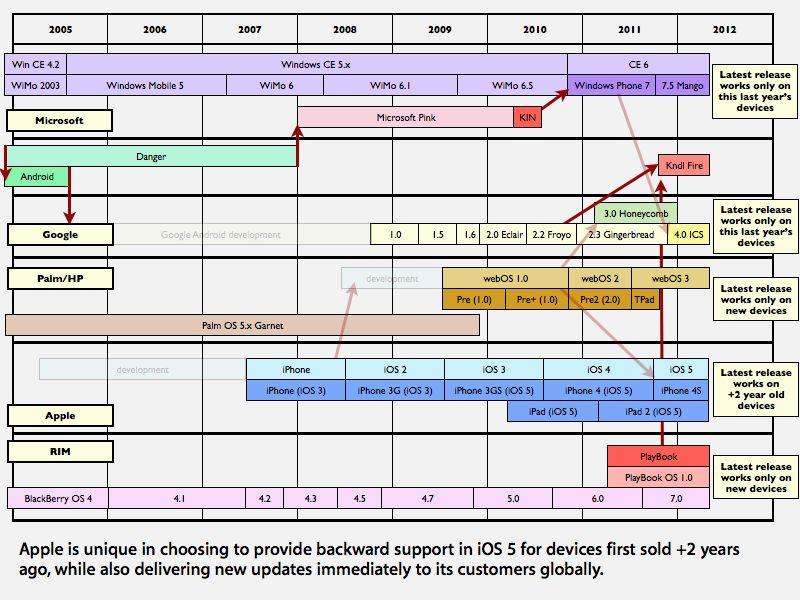
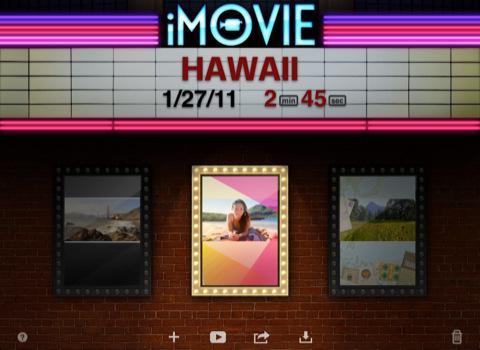
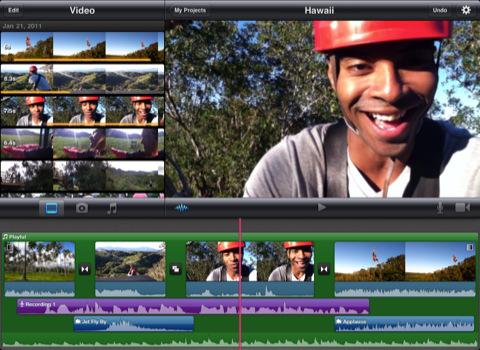
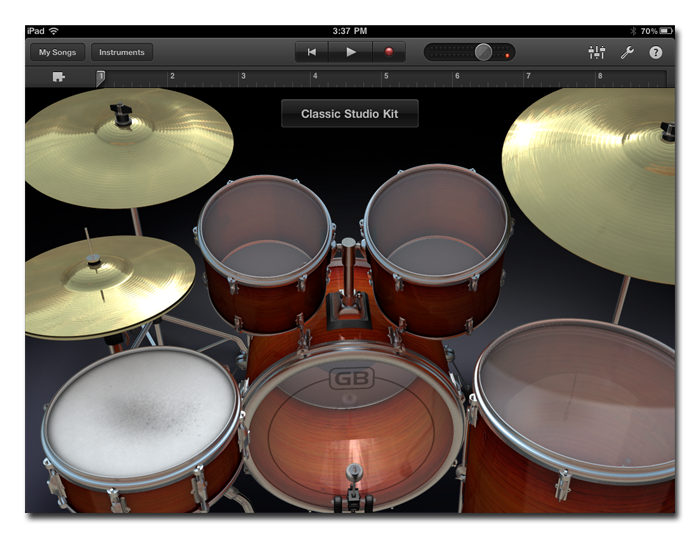
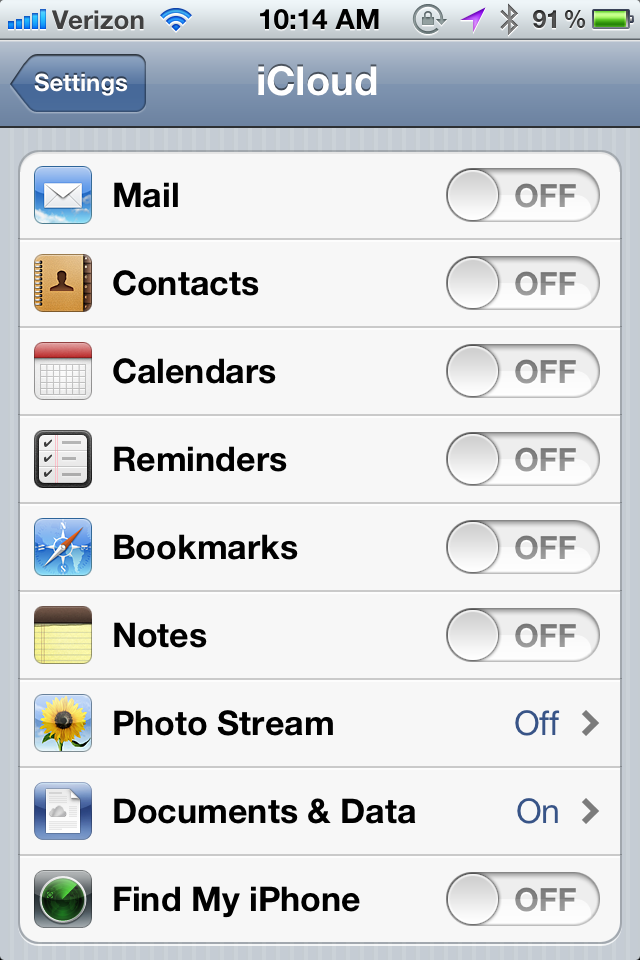
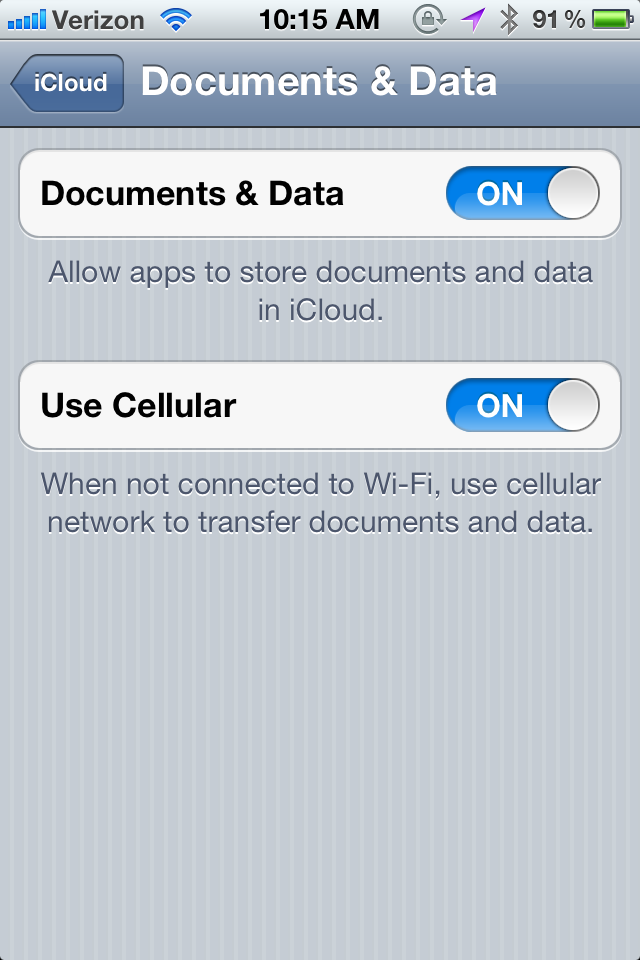
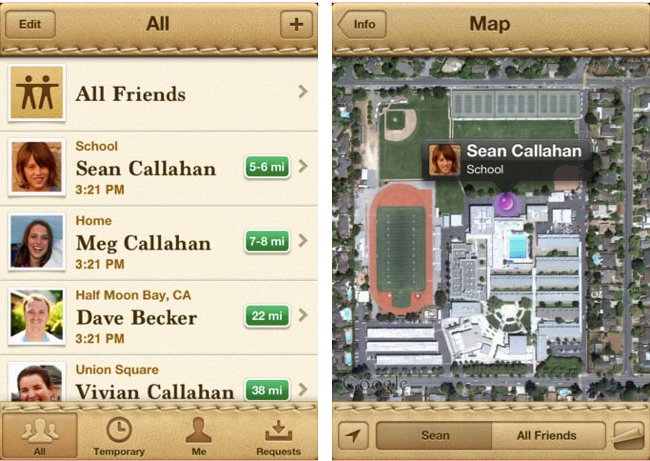
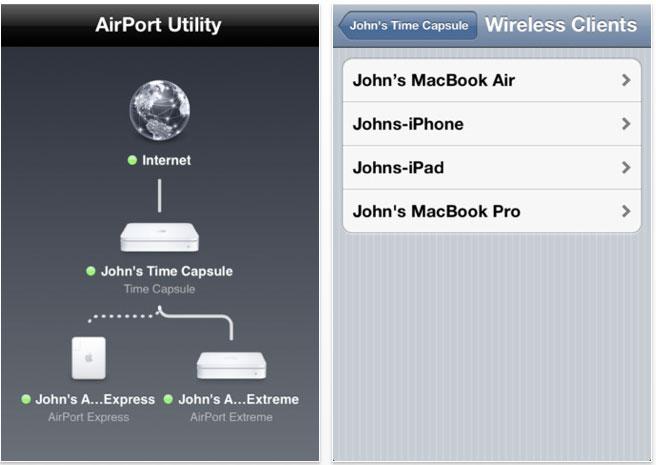
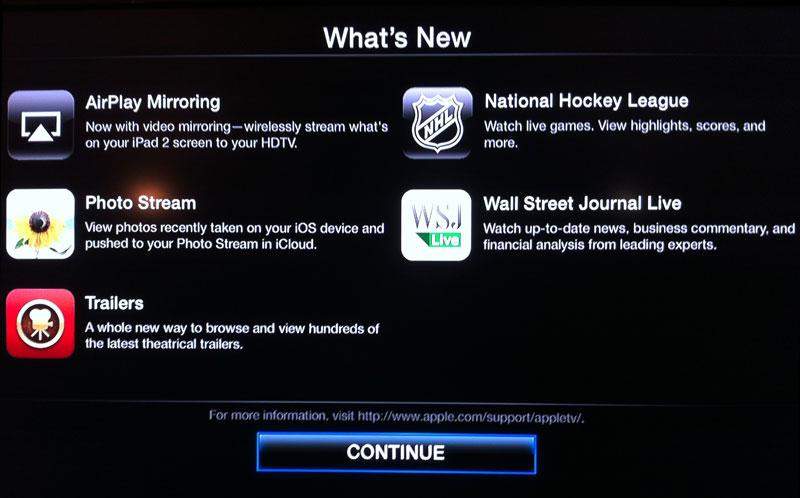
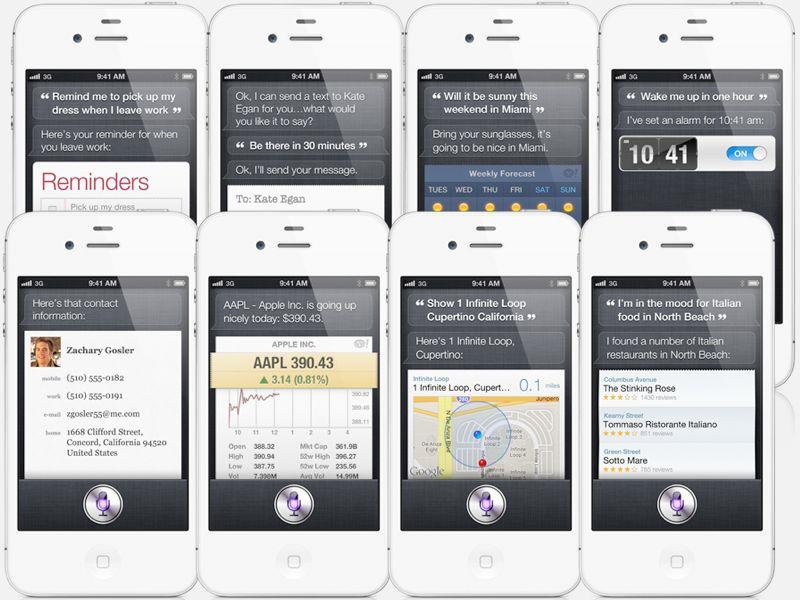











 Malcolm Owen
Malcolm Owen
 William Gallagher and Mike Wuerthele
William Gallagher and Mike Wuerthele
 Christine McKee
Christine McKee
 William Gallagher
William Gallagher

 Marko Zivkovic
Marko Zivkovic









